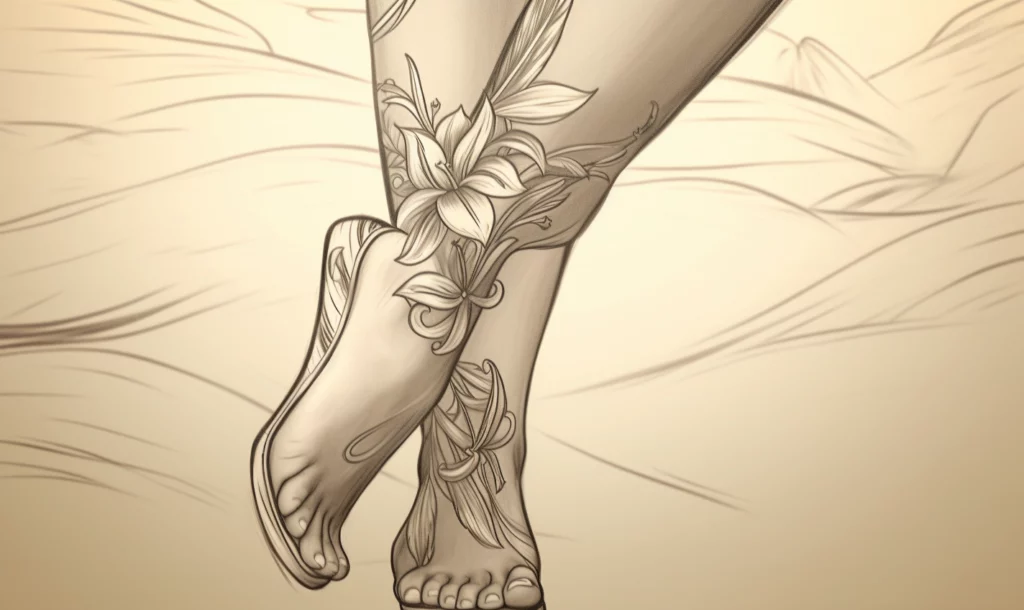Summary
The Hawaiian language is unique and has its own rules of pronunciation. Listen and follow along to learn to say your body parts in Hawaiian.

The Face & Head In Hawaiian
the Hawaiian language has specific diacritical marks (like the ʻokina, a glottal stop, and the kahakō, a macron) that affect pronunciation and meaning, so it’s important to pay attention to these when reading and writing Hawaiian words.
- Head – (ka) Poʻo
- Hair – (ka) Lauoho
- Ear – (ka) Pepeiao
- Neck – (ka) ʻĀʻī
- Eye – (ka) Maka
- Nose – (ka) Ihu
- Mouth – (ka) Waha
- Face:
- (ka) maka
- (ka) helehelena
- (ke) Alo
- Lips – (ka) lehe
- Teeth – (ka) niho
- Tongue – (ke) alelo
- Chin – (ka) ‘auwae


The Torso and Arms In Hawaiian
These are some more basic rules to help guide the pronunciation of Hawaiian words, but like any language, there may be exceptions, and local dialects and accents can vary.
Every consonant is followed by at least one vowel, which means every syllable ends in a vowel, and there are no consonant clusters.
Words are often accented on the penultimate (second-to-last) syllable.
The letter ‘W’ is pronounced like ‘v’ after the vowels ‘i’ and ‘e’, and like ‘w’ after ‘a’, ‘o’, ‘u’. At the start of words, it can be pronounced either way, but ‘w’ is more common.
The letter ‘a’ is always pronounced as “ah” and never as “æ” (as in “apple”) or “ā” (as in “ate”).
- Torso – (ka) paukū kino
- Back – (ke) Kua
- Chest – (ka) Umauma
- Stomach – (ka) ʻōpū
- Waist – (ka) pūhaka
- Navel – (ka) piko
- Hips – (ke) kīkala
- Arm – (ka) Lima
- Upper Arm – (ka) uluna
- Shoulder – (ka) po’ohiwi
- Elbow – (ke) ku’eku’e
- Wrist – (ka) pūlima
- Hand – (ka) Lima
- Finger – (ka) Manamana lima
- Fingernail – (ka) Miki’ao


The Legs & Feet In Hawaiian
Hawaiian has 13 letters: five vowels (a, e, i, o, u) and eight consonants (h, k, l, m, n, p, w, ‘).
Vowels can either be short or long. Long vowels are often marked with a macron (a line over the vowel) called a kahakō and are held longer than short vowels. However, many texts omit the kahakō so it’s not always easy to determine if a vowel should be long or short based on spelling alone.
‘A’ is pronounced as “ah” (as in “car”).
‘E’ is pronounced as “eh” (as in “bed”).
‘I’ is pronounced as “ee” (as in “see”).
‘O’ is pronounced as “oh” (as in “go”).
‘U’ is pronounced as “oo” (as in “do”).
- Leg – (ka) Wāwae
- Thigh – (ka) ‘ūhā
- Knee – (ke) Kuli
- Ankle – (ka) ku’eku’e wāwae
- Foot – (ka) Wāwae
- Toe – (ka) manamana wāwae



